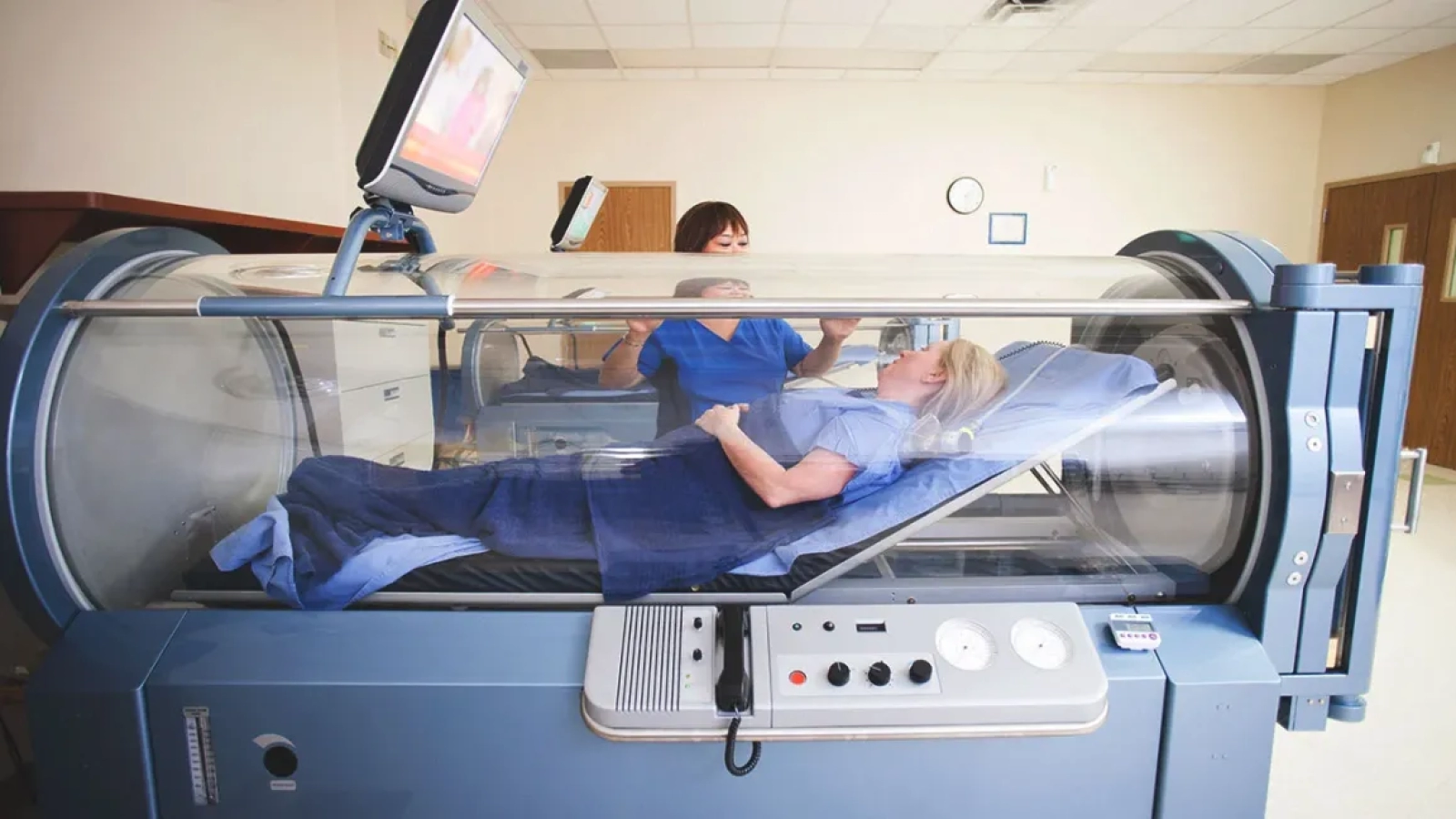Hyperbaric Oxygen Therapy (HBOT) has long been recognized for its efficacy in treating conditions like decompression sickness, diabetic foot ulcers, and severe infections. More recently, the medical community has begun to investigate the potential of HBOT in the realm of cancer treatment and symptom management. Under Pressure is at the forefront of exploring how the oxygen-rich environments created by HBOT can impact cancer cells and aid in the overall treatment process. This blog delves into the current understanding of HBOT’s role in cancer therapy, highlighting its potential benefits and considerations.
HBOT: Enhancing Oxygenation
HBOT involves breathing 100% oxygen at elevated pressure levels (1.5ATA or greater), significantly increasing the amount of oxygen dissolved in the body’s tissues. This enhanced oxygenation can stimulate healing, reduce inflammation, and improve immune response, which are critical factors in cancer treatment and recovery.
Investigating HBOT in Cancer Therapy
The rationale behind using HBOT in cancer therapy is multifaceted. While traditionally, the concern was that increased oxygen levels might also promote cancer cell growth, recent studies suggest a more complex relationship between oxygen and cancer cells.
Enhancing the Efficacy of Traditional Therapies: Some research indicates that HBOT can make cancer cells more susceptible to radiation and certain chemotherapy drugs, potentially enhancing the effectiveness of these treatments.
Improving Oxygenation of Tumor Tissues: Tumors often have areas of low oxygenation, which can make them more resistant to treatments like radiation. HBOT can temporarily increase oxygen levels in these tissues, potentially improving treatment outcomes.
Symptom Management: HBOT has been explored for its potential to alleviate symptoms associated with cancer or its treatment, such as radiation-induced side effects. For example, HBOT has shown promise in treating radiation necrosis and osteoradionecrosis by promoting healing and reducing inflammation.
Current Research and Considerations
While the potential of HBOT in cancer treatment is promising, it’s important to note that research is ongoing, and HBOT is not currently a standard cancer treatment. Key considerations include:
Selective Use: HBOT may not be suitable for all types of cancer or all patients. Its use must be carefully considered based on individual patient profiles and the nature of their cancer.
Complementary Approach: HBOT is considered a complementary therapy, meaning it’s used in conjunction with, not in place of, traditional cancer treatments like chemotherapy and radiation.
Clinical Trials: Ongoing and future clinical trials are crucial to understanding the full scope of HBOT’s efficacy in cancer treatment, including optimal treatment protocols and long-term outcomes.
Conclusion
The exploration of HBOT in cancer treatment represents an exciting frontier in oncology, offering new avenues for enhancing treatment efficacy and managing symptoms. While more research is needed to fully understand and harness the potential of HBOT in this context, the therapy’s ability to improve oxygenation and support healing mechanisms is a promising addition to comprehensive cancer care strategies. Under Pressure remains committed to following the latest developments in HBOT research and offering this innovative therapy as part of a holistic approach to health and healing. For patients and families navigating the complexities of cancer treatment, HBOT may offer additional support and symptom relief, underscoring the importance of a multifaceted treatment strategy. Schedule a consultation today!
